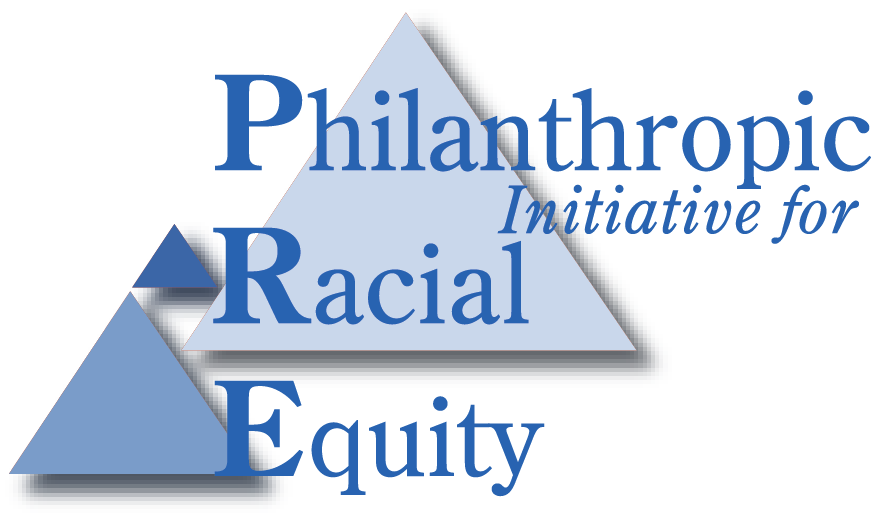
As we noted earlier in this publication, PRE recognizes there is no simple category for grantmaking with a structural racialization lens. Grants that could be included in a portfolio using a structural racialization approach might include research, media, organizing, advocacy or other categories. They might include grants focused on housing, education, health, economic, environment or other sectors. They may or may not be people of color-led and serving. What would make them part of a structuralstrategy would not necessarily be evident or measurable at the individual grant level – just as one cannot fully understand a system by looking at a single part. Drawing from analysis of grant data prepared by the National Committee for Responsive Philanthropy, in 2004 the Applied Research Center (ARC, now called Race Forward) circulated a report on the available data on giving to communities of color and to civil rights and social action organizations. ARC’s Short Changed report 2 generated discussion within philanthropic circles about what institutional philanthropy was accomplishing in its grantmaking directed toward communities of color. Then, as now, ARC faced the challenges of working with official collections of foundation grantmaking information, relying on Foundation Center tabulations that track giving to populations of color. These tabulations are subject to definitional and coding programs that ARC acknowledged could result in over-counting grants in some areas while undercounting grants in others. ARC pointed out that grantmaking to communities of color might not equate to racial justice grantmaking, and that grants for other categories of recipients, such as the Foundation Center’s category of grants for “civil rights and social action,” could intersect with racial justice funding but together presented only a partial picture.

Philanthropic Initiative for Racial Equity © All rights reserved